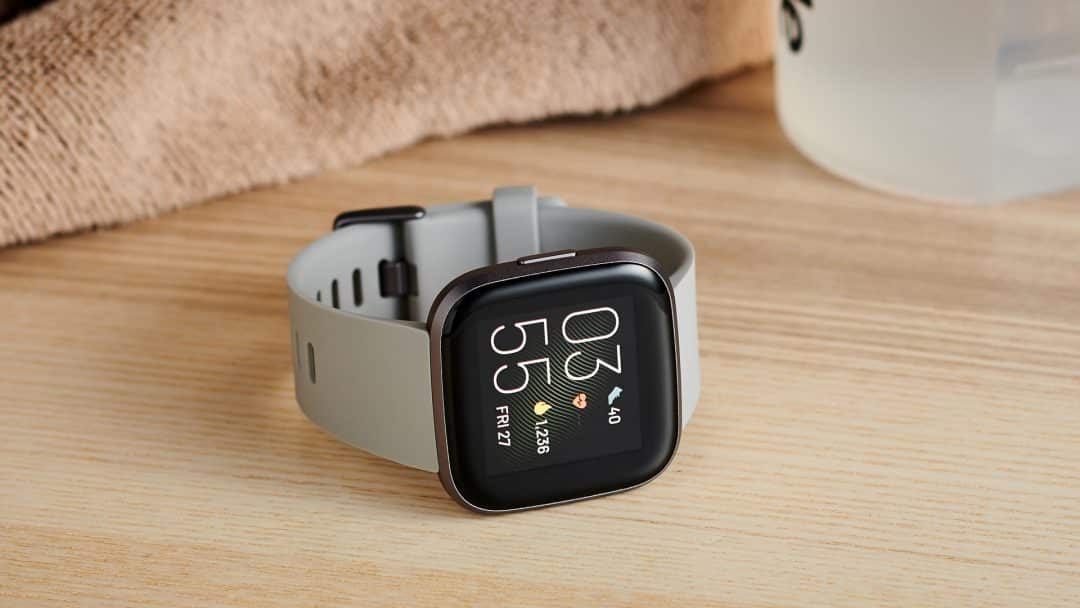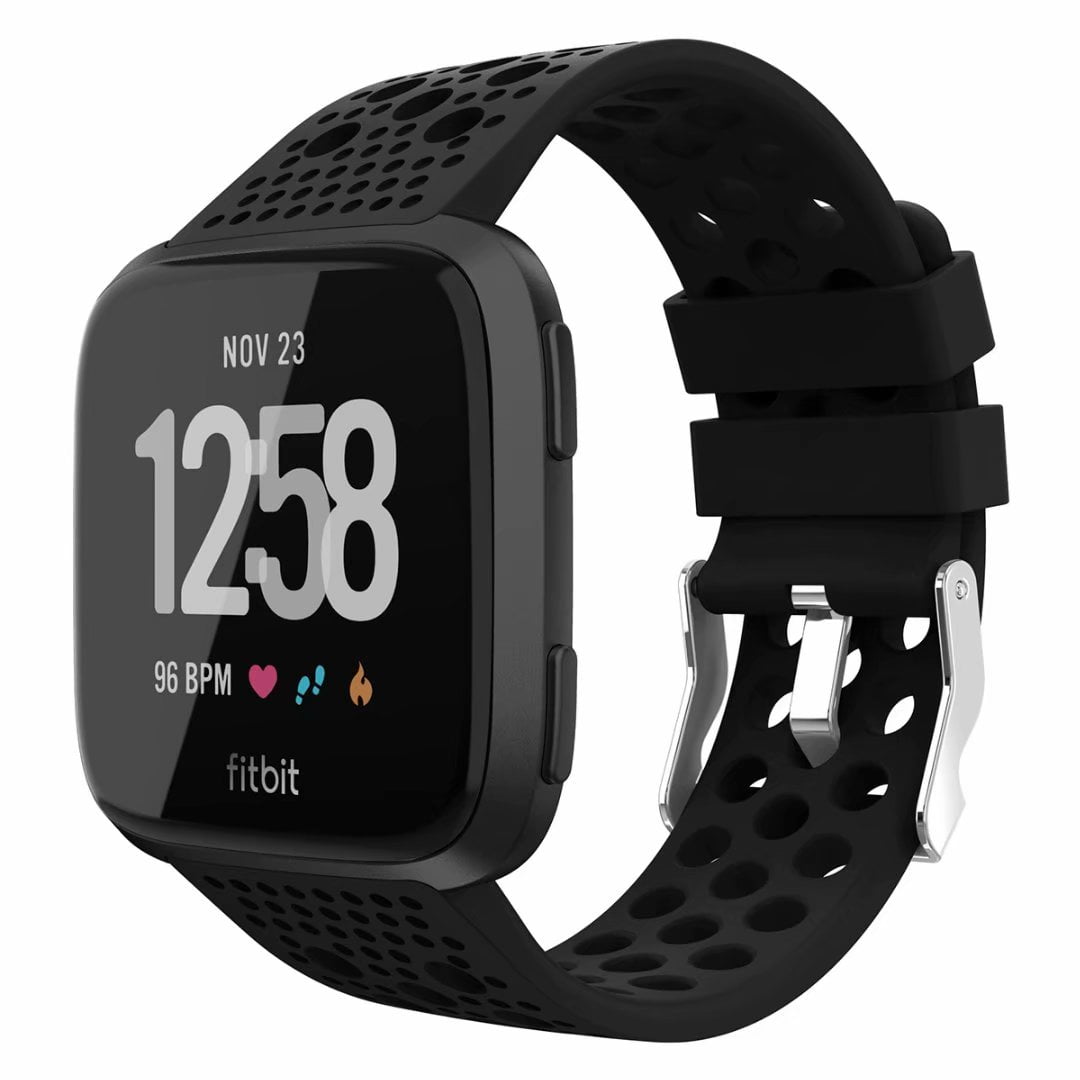


This puts the Versa 4 in a tough spot in Fitibit's lineup, even though it has some appeal.

While the number four suggests a generational advancement over the Versa 3, the wearable is instead an almost-carbon copy that pales in comparison to the company's other offerings, like the Sense 2 or the Google Pixel Watch. The Versa 4 is also 1.2mm thinner than its predecessor, but weighs more by 2g, although it’s highly unlikely you’d notice either of those changes to its proportions.If you're expecting the Fitbit Versa 4 to be an upgrade over its predecessor, you'll likely be disappointed. It still functions the same, but is likely to be easier to press with sweaty hands. The main difference is that, like the Sense 2, the Versa 4 offers a side button as opposed to the capacitive touch button on the Versa 3. That means both are packing their sensors and gizmos into essentially the same chassis as the Fitbit Sense and Sense 2. When it comes to design, Fitbit hasn't changed a lot with the Versa 4, similarly to the Versa 3.

While the company has had options for running, swimming, hiking and more, there are now 40 options (doubled from the Versa 3’s 20 options) that include more equipment-oriented workouts like weightlifting, as well as new cardio options like dancing. The big reason to go for the Versa 4 over its older brother is Fitbit’s own repository of workout options. Unlike the Luxe, both the Versa 3 and Versa 4 offer GPS connectivity, so you can leave your phone at home (although not if you want to listen to music, as we’ll come to shortly). This is a tough ask, because much of what you’ll find in the Versa 3 and Versa 4 are identical.īoth offer excellent heart rate and Sp02 (blood oxygen) monitoring, as well as the usual cadre of step-tracking, calories burned, and distance. (Image credit: Future/Lloyd Coombes) Which is more accurate?


 0 kommentar(er)
0 kommentar(er)
